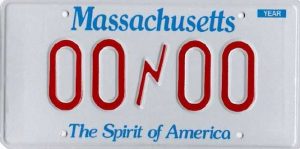As we have often discussed, one powerful tool that criminal defense attorneys can employ is the motion to suppress incriminating evidence. When a trial court grants a defendant’s motion to suppress, the jury never sees the evidence that the defendant has asked the court to keep out of the trial record. These motions, when successful, can make all the difference for defendants in New York, and they often help defendants win their cases.
How do you know if you, as the defendant, should be filing a motion to suppress? There are several flags that should alert you that there might be grounds for the trial court to suppress incriminating evidence in your case. These include: an unlawful encounter with the police, an officer’s failure to give Miranda warnings, errors in a field sobriety test, and problems with how the State handles evidence before it is admitted in court. Generally, if the prosecutor wishes t0 use incriminating statements, physical evidence or a police arranged identification as evidence at trial, an experienced criminal defense lawyer will include a request for suppression of that evidence as part of their omnibus motion.
It is also true that if you think there might be a chance the court could grant your motion to suppress, it is often better to present the motion than to hold back. In a recent case before a New York court, the defendant appealed her guilty verdict, arguing she received ineffective assistance of counsel when her attorney failed to file a motion to suppress that could have been successful. The court granted the defendant’s appeal, concluding that the defendant’s attorney failed her by not asking the court to suppress evidence that investigators found in a search that might have exceeded the scope of their warrant.
 New York Criminal Attorney Blog
New York Criminal Attorney Blog


